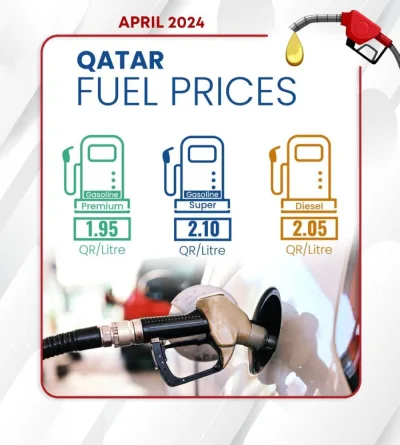US consumer prices climbed in March by the most in nearly nine years as the end of pandemic lockdowns triggered a rebound in travel and commuting that pushed up the cost of gasoline, car rentals and hotel stays.
The consumer price index increased 0.6% from the prior month after a 0.4% gain in February, according to Labor Department data on Tuesday. The jump in the cost of gas accounted for almost half the overall March advance.
Excluding volatile food and energy components, the so-called core CPI increased 0.3% from February, the most in seven months. Costs of both goods and services rose last month.
The annual inflation figure surged to 2.6%, a figure that was distorted by a pandemic-related decline in prices in March 2020. That effect will begin to fade within several months, helping explain why Federal Reserve policy makers see current price pressures as temporary rather than something more dangerous to the economy.
The core measure rose 1.6% from 12 months ago. Prior to the pandemic, the annual core inflation metric was running north of 2%.
Investors shrugged off the price data – stocks were mixed and bonds little changed – focusing instead on news that US health officials called for a pause on the use of Johnson & Johnson’s Covid-19 vaccination because of blood clot concerns.
“It was a bit stronger than the official consensus expectations, but it was lower than some people were worried about,” Matt Maley, chief market strategist for Miller Tabak + Co, said about the CPI report. When combined with the J&J news, “it means that the Fed can probably continue to provide plenty of stimulus going forward.”
Still, the latest figures on consumer prices add fuel to an already heated debate about the path of inflation in the US, especially on the heels of last week’s Labor Department data showing a stronger-than-expected surge in producer prices.
Some analysts and economists argue a wave of pent-up demand paired with trillions of dollars in government spending will spur a sustained upward movement in inflation. Bloomberg’s latest monthly survey shows economists continue to ratchet up growth forecasts.
Amid supply chain bottlenecks, supply shortages and surging input costs, producers are already feeling the pinch of rising costs. While not all cost increases will be pushed through to consumers – given a variety of different measures firms can take to offset costs – sustained pressures in the production pipeline raise the risk of an acceleration in consumer inflation.
Recent survey data highlighted developing cost pressures. The Institute for Supply Management’s latest figures showed more than half of service providers reported paying higher prices in March, the largest share since 2011. The ISM’s manufacturing survey showed about 72% of manufacturers said the same – the second-most since 2008.
Recently, some company executives have mentioned plans to raise prices for their products. The Labor Department’s data showed shelter costs, which make up about a third of the overall CPI, increased 0.3% in March.
That was the biggest monthly gain since February 2020 and reflected a surge in the cost of lodging at hotels that was the biggest since 1991. Airfares also increased.
The pickup in inflation translates into less take-home pay for American workers. A separate report Tuesday showed inflation-adjusted hourly earnings increased 1.5% in March from a year earlier, the smallest gain in more than a year.
Goods prices rose 4.1% in March from year ago, services up 1.8%.

A customer wearing a protective mask shops at a store on Santa Monica Pier in Los Angeles. US consumer prices climbed in March by the most in nearly nine years as the end of pandemic lockdowns triggered a rebound in travel and commuting that pushed up the cost of gasoline, car rentals and hotel stays.


